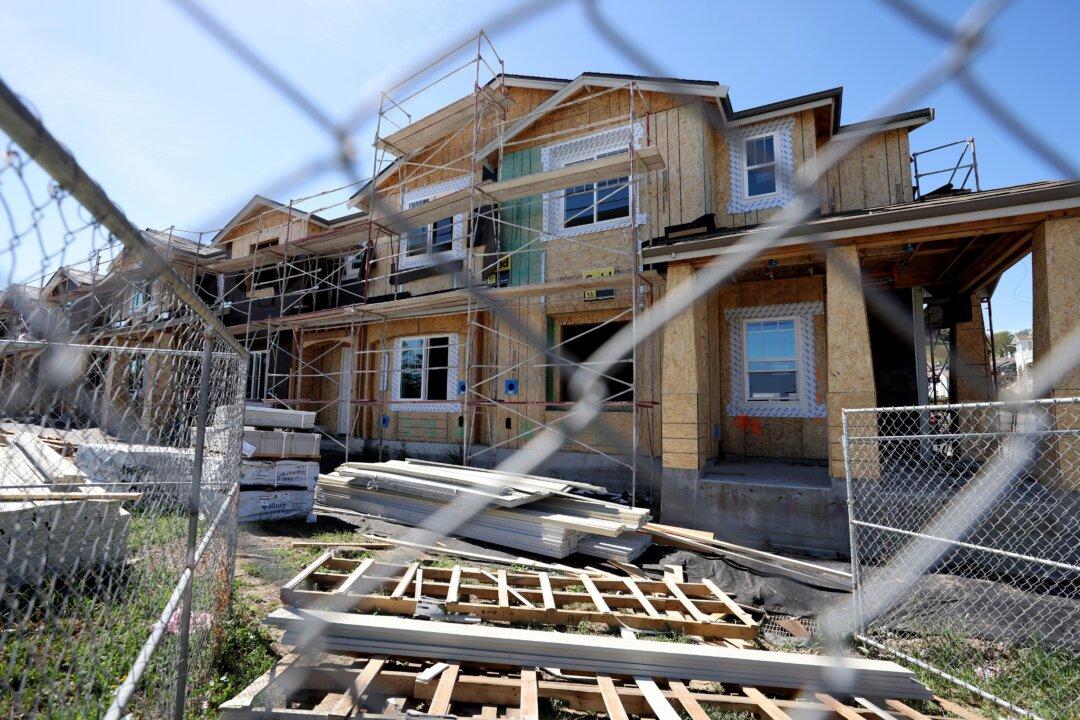New home sales in the United States fell over 16 percent from March to April, well below analysts’ forecasts as rising mortgage rates and high prices discouraged buyers from taking the plunge.
New home sales tumbled 16.6 percent to a seasonally adjusted annual rate of 591,000 units last month, the lowest level since April 2020, the peak of the pandemic lockdowns, according to data released by the Commerce Department on May 24.





